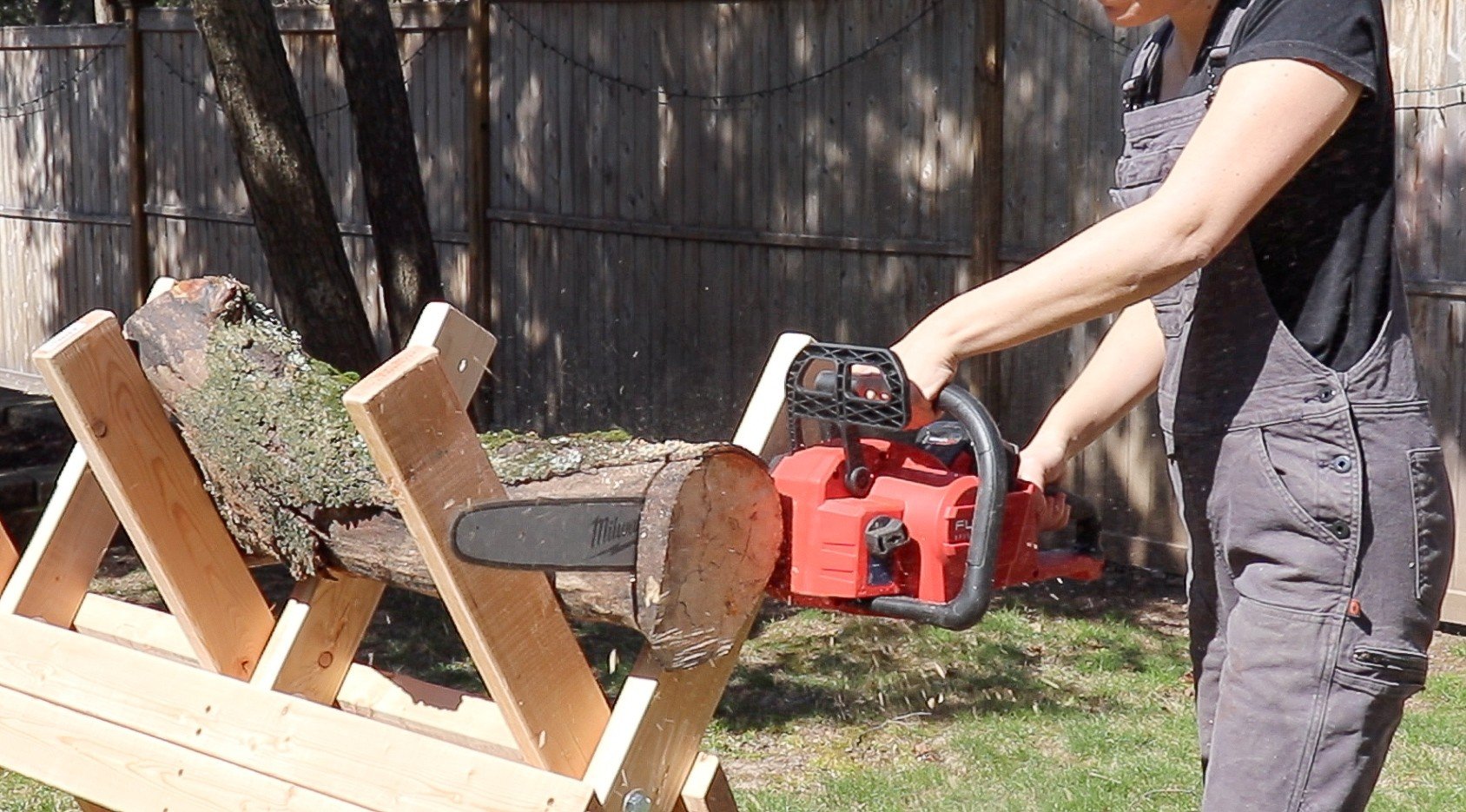Understanding your chainsaw's parts is essential for proper upkeep and performance. The chainsaw is composed of several key components, each playing a vital role in its operation. Familiarizing yourself with these parts will make it easier to follow our Chainsaw Maintenance Guide and keep your tool in top shape.
At the heart of the chainsaw is the engine, which can be either gas-powered or electric. The engine generates the necessary power to spin the chain at high speeds, allowing for efficient cutting. Pay attention to the fuel system (for gas models), including the fuel tank, fuel lines, and filter, as proper maintenance here will keep the engine running smoothly and effectively.
The bar and chain are critical components that must be regularly checked. The guide bar supports the chain and is essential for guiding the cut, while the saw chain is what actually does the cutting. Keep the chain sharpened and properly tensioned for optimal performance. This is a key part of our Chainsaw Maintenance Guide and can drastically affect how easily you can cut through wood.
Finally, never overlook the safety features, such as the chain brake and throttle lockout. These parts are designed to protect you while operating your chainsaw. Regularly inspecting these safety mechanisms helps ensure that your tool remains safe to use and can prevent accidents in the long run. Understanding all these components will empower you to perform effective maintenance and extend the life of your chainsaw.
Routine Cleaning for Peak Performance
Routine cleaning is a vital part of your chainsaw maintenance guide that helps ensure your tool runs smoothly and efficiently. After each use, it's important to take a few moments to clean your chainsaw. This practice not only prolongs its life but also enhances its performance. Start by removing any sawdust and debris from the chain, bar, and body of the chainsaw. A small brush or compressed air can be handy for reaching those tight spots.
In addition to cleaning the exterior, you'll want to pay attention to the air filter. A clean air filter ensures that your chainsaw operates at peak performance by allowing proper airflow to the engine. Remove the filter and tap it gently to get rid of dust and debris. If the filter is too dirty or damaged, it's wise to replace it for optimal performance.
Another essential aspect of your chainsaw maintenance guide is maintaining the chain and bar. Regularly inspect the chain for sharpness and wear. Keeping the chain properly sharpened not only makes cutting easier but also reduces strain on the engine. Clean the chain with a rag and apply chain oil to keep it lubricated. Don’t forget to check the bar for any damage or wear, as it can affect cutting efficiency.
Lastly, be mindful of the spark plug and fuel system. A dirty spark plug can hinder engine performance, so clean or replace it as necessary. Additionally, ensure that you are using the right type of fuel and that the fuel system is free from clogs. By incorporating these cleaning steps into your routine, you can significantly enhance the longevity and performance of your chainsaw.
Sharp Chain Equals Safe Cutting
Regularly inspect your chainsaw chain for wear and damage. A dull chain can cause the saw to bind or kick back, leading to potential injuries. Keep in mind that even a few moments of negligence can result in a hazardous situation. Incorporate chain sharpening into your routine chainsaw maintenance guide, treating it as an essential task before you even start cutting. A sharp chain glides through wood effortlessly, allowing you to focus on the job at hand without worrying about safety.
In addition to sharpening your chain, don’t forget about proper tensioning. A properly tensioned chain not only enhances cutting performance but also prolongs the life of both the chain and the bar. Tensioning is a crucial part of your chainsaw maintenance guide that shouldn’t be overlooked. An adequately tensioned chain makes cutting smoother and significantly reduces the risk of accidents.
Finally, remember to clean the chain after use, as debris and sawdust can affect performance. By regularly caring for your chainsaw chain, you ensure your equipment stays in top condition. Following the advice in your chainsaw maintenance guide, especially regarding keeping your chain sharp, is a surefire way to enhance safety and productivity while you work.
Storing Your Chainsaw Properly
First, always make sure your chainsaw is clean before putting it away. Remove any sawdust, debris, or oil buildup from the housing and bar. A clean chainsaw is less likely to develop rust or other issues. Make sure to wipe the chain with a lint-free cloth and lightly oil it to protect against corrosion. This simple step can make a significant difference in the performance of your chainsaw over time.
Next, choose the right storage environment. Ideally, your chainsaw should be stored in a cool, dry place away from direct sunlight. A garage or shed with moderate temperatures can be suitable. If you're storing it for an extended period, consider using a chainsaw case to protect it from dust and accidental damage. Additionally, ensure that the fuel tank is either empty or filled with a fuel stabilizer if you'll be storing it for more than 30 days. This will prevent fuel degradation and keep your engine in good working condition.
Finally, always store your chainsaw in an upright position or hanging up to prevent damage to the chain and bar. Avoid placing heavy objects on top of it, as this can lead to bending or other forms of damage. Following these storage tips will not only help preserve the quality of your chainsaw but also make it easier to access when you're ready to use it again. Keeping these guidelines in mind is essential as you follow our Chainsaw Maintenance Guide for a well-maintained, long-lasting tool.
